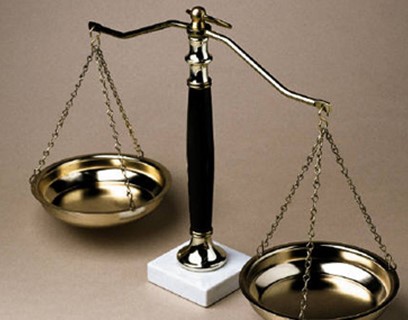
Chronic knee pain has many potential causes, including osteoarthritis, rheumatoid arthritis, and gout. Sometimes knee pain is secondary to a problem involving the feet or the hips. If you're wondering, "Would going to physical therapy near me help with my knee pain?" the answer is likely yes, as physical therapy is a standard treatment for several of the underlying conditions that cause it. Nevertheless, physical therapy is usually part of a larger treatment plan.
Knee Care Strategies for Chronic Pain
As a last resort, doctors sometimes perform surgery, such as an arthroscopy, a joint replacement, or an osteotomy, to relieve chronic knee pain. Physical therapy Margate is an integral part of surgical recovery.
However, doctors usually start with conservative, i.e., nonsurgical, treatment options for chronic knee pain. In many cases, these are so successful at relieving knee pain that surgery is not necessary.
Treatment for chronic knee pain often starts with medications. Your doctor may recommend that you rub a topical agent on the affected area. Some are just anesthetics, but others have anti-inflammatory medications. If topical agents do not work, your doctor may prescribe an oral medication, such as an NSAID or corticosteroid.
If oral medications do not work, your doctor may give you an injection directly in the joint. First, you usually have an injection of corticosteroid medication. If that does not work, your doctor may inject hyaluronic acid, which is the same material as the joint fluid in your knee.
Another option for injecting your knee is platelet-rich plasma. The doctor takes a sample of your own blood and spins it in a centrifuge to remove the red and white blood cells so that only platelets remain. The doctor then injects the PRP solution into your knee. The concentration of platelets helps to reduce inflammation and pain.
PT Pathways to Knee Relief Solutions Explored
Your doctor may recommend physical therapy Moorestown NJ in combination with one of these other treatment options. Physical activity helps to keep your knee flexible and relieve pain, but pushing yourself too hard could aggravate your symptoms. Your physical therapist can teach you exercises to do that are safe and helpful.
When you have knee pain, you often avoid putting weight on that leg. This can cause the muscles to atrophy, which in turn can cause further knee pain because your legs are not functioning as they should. Your physical therapist can teach you exercises to strengthen your knees and hips, which often have a role to play in your knee pain, and to improve your functionality so that your body works more efficiently.
Your physical therapist may perform modalities to relieve the pain so that you can do the exercises more easily. Pain relief modalities may include dry needling or trigger point therapy when you have painful pressure points in your muscles that are causing pain.
Other pain relief modalities may include deep friction massage, ultrasound, electrical stimulation, or iontophoresis. Iontophoresis involves a low pulse of electricity that carries a steroid through the skin into the knee joint. This is less invasive than having an injection.
Your exact treatment options depend on what is causing your knee pain. Ask your doctor for a referral to a physical therapist or contact a physical therapy clinic to schedule an evaluation.


